Car Won’t Budge in Neutral? Here’s Why And What to Do!
The braking system on a car is possibly one of the most important safety sytems. It is used to adjust speed and stops the vehicle when the pedal is depresses. But when the brakes are faulty and the lock up over night, it can prevent the car from moving, even when it is in neutral. So, what can cause this to happen?
When a vehicle is in neutral but still won’t move, it indicates that the brakes have locked up. This is caused by corrosion build-up on the brake pads and rotors while the vehicle is parked. If the master brake cylinder is faulty, it may not release the brake fluid, keeping the brake engaged.
Read on to discover what will make the brakes lock up, what signs to be wary of, and how to release the brakes.
Why A Car Won’t Move When It Is In Neutral?
If a car’s transmission is in the neutral position (Automatic or manual) and it won’t move when pushed, the brakes may be locked up.
The locked brakes may be caused by the hand brake if only the rear wheels won’t turn. It could be only a single brake caliper or more that is locked up. If more than one caliper is locked, it may be a faulty master cylinder.
What Causes The Brakes To Seize?
It is common to see vehicles that have not been used for a prolonged period suffer from locked or seized brakes. Locked brakes are typically caused by corrosion in the system, and it is more susceptible to cars that are parked outside, leaving them more exposed to the elements.
The braking system is made from metal, which rusts. The rust build-up can cause the pads to stick to the rotor or the brake caliper piston. Brakes are exposed to the elements and are subjected to very low temperatures, which speed up the corroding process.
When a vehicle is used regularly, the corrosion is minimal due to the friction and heat build-up under regular driving, which wears away any sign of corrosion.
Signs Of Locked Up Or Seized Brakes While Driving
It may sound easy to spot corrosion, but some early warning signs will alert you that a full seizure is close to occurring.
A complete brake seizure will prevent the vehicle from moving in either direction and will not roll in neutral. During normal driving, if the car feels like it is braking (without driver input) and is pulling in one direction after the brakes are applied, there may be a stuck caliper.
The caliper pins are really succeptable to seizing. This will go unnoticed under day-to-day driving conditions, and the car will brake with reasonable effectiveness.
However, if the calipers are stuck or seized, it will only apply brake pressure from the piston side of the caliper. This will be very noticeable when the brake pads are removed. The outside brake pad will have very little wear compared to the inner pad.
If there is a noticeable smell of overheating brakes, that is the tell-tale sign of a seized brake caliper. The seized brakes are only partially released, but they still contact the rotor and will become extremely hot due to friction.
This will release a greyish smoke when the vehicle is stopped, and where there is smoke, there may be fire. But even if a fire does not start from the high heat of the seized brakes, the components that are in close proximity can become damaged.
If any of these signs are noticed on the vehicle, it should be taken to a professional to identify the exact problem. If the problem persists, the brakes may seize overnight, locking the brakes and preventing the car from driving.
Signs Of Locked Up Or Seized Parking Brake
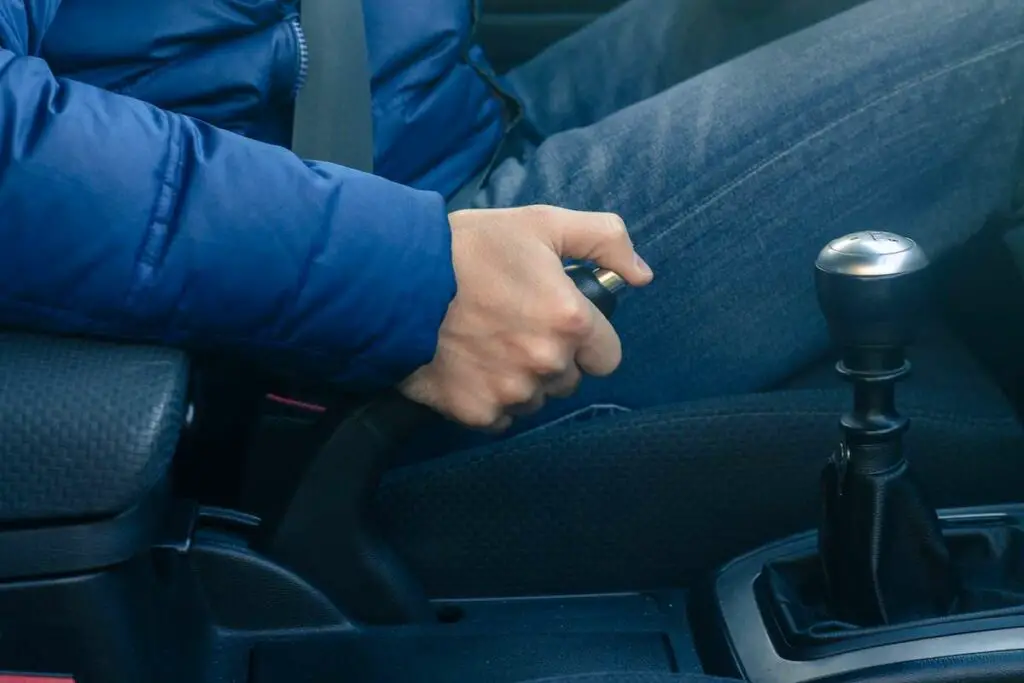
The hand/parking brake is an essential part of the vehicle’s safety system as it can be used to manually slow the car down if the brake system fails. The parking brake is also used to keep the car stationary when no one is behind the wheel.
When a vehicle has been stationary with the parking brake on for an extended period, this may cause the brakes to bind to the rotor. This is usually solved as soon as the vehicle starts moving, but they may seize if there is excess corrosion.
How To Release Locked Up Brakes?
If the hand brake is released, but it is not releasing the pads on the rear wheels, it will keep the car stationary. To attempt to release the locked-up brakes, do the following:
- Release the parking brake manually inside the car, pump the brake pedal a few times (normal braking pressure). Then engage the parking brake and pump the brake pedal two or three times again. Release the parking brake and check to see if the brakes have been released.
- Drive forward and reverse (parking brake disengaged) a few times to create a rocking motion. This should free up any corrosion on the brakes.
If the brakes are released, and the vehicle can move, then drive a few miles at a low speed. Push the brake pedal to stop the car a few times to ensure the brake is released. The corrosion will burn off while driving.
It is still a good idea to have the brake system inspected by a professional to ensure they are working correctly.
A Faulty Master Brake Cylinder Can Cause The brakes To Lock
The master cylinder is the nerve center of the braking system in a vehicle. In many cars, it fills two hydrologic functions. The first is for the clutch in manual transmissions, and the second is for the brake system. If the master cylinder fails, it can cause the brakes to lock up while the vehicle is stationary.
In most cases, the master cylinder will show signs that it is not working correctly. These are:
- The ABS light will light up on the dashboard – this is a sign that there is a problem with the braking system.
- Leaking Brake Fluid – will starve the master cylinder of brake fluid. This will cause insufficient brake fluid pressure in the system. This may prevent the brake caliper from releasing the brake pad.
- The Brake Pedal Feels Spongy – this is a sign that the rubber seals in the master cylinder are leaking and the fluid is pushing past them.
- The Brake Fluid Is Contaminated – when the seals are worn out in the master cylinder, they will allow dirt, debris, and air into the system. The brake system is vulnerable if there is contaminates in the fluid as this can jam a caliper piston in place.
- A Soft or Sinking Brake Pedal – This signifies air or debris in the brake system due to worn or damaged rubber seals. If the brake pedal is pushed down and it does not return to the normal position, do not drive the vehicle.
- The Car Swerves Under Braking is a sign of bad brake bias. This is because all the brakes do not get the same amount of fluid pressure. As a result, the brake pads will wear out unevenly.

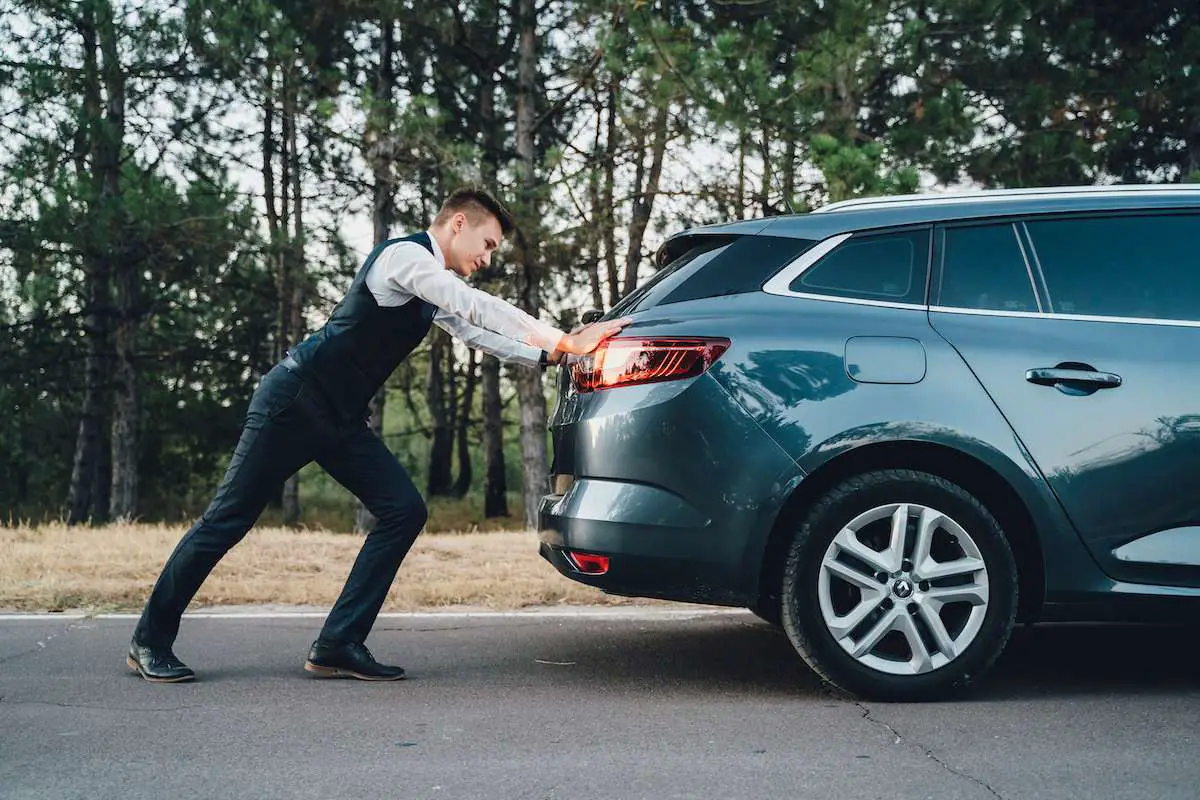
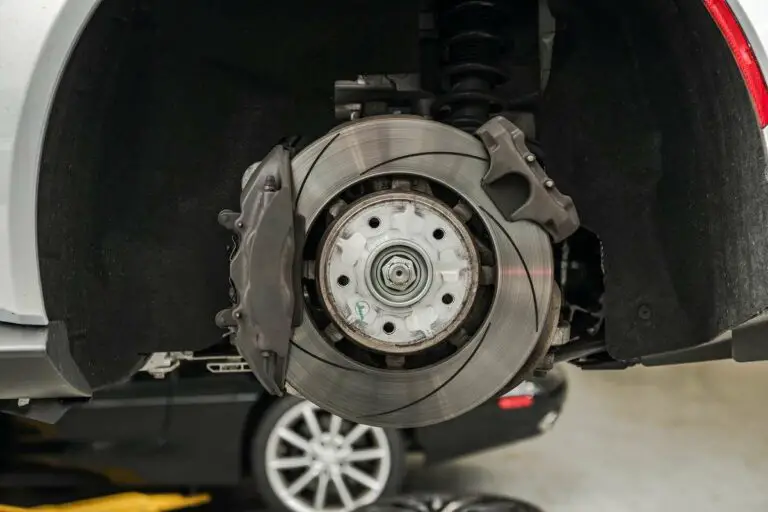
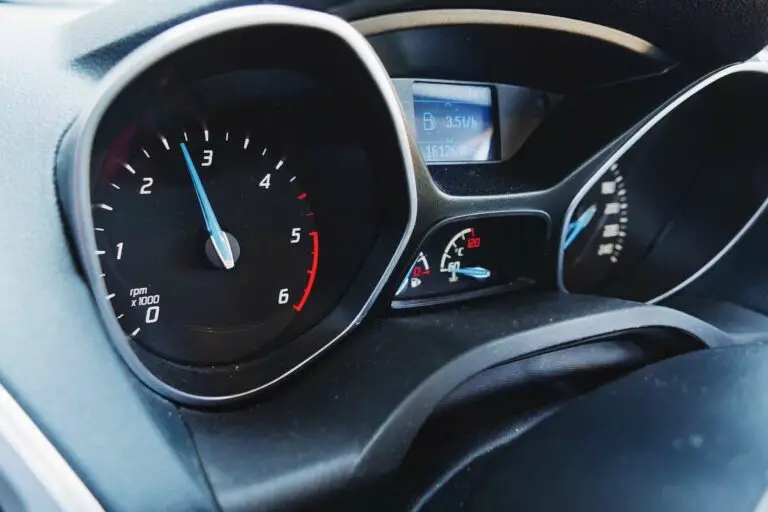
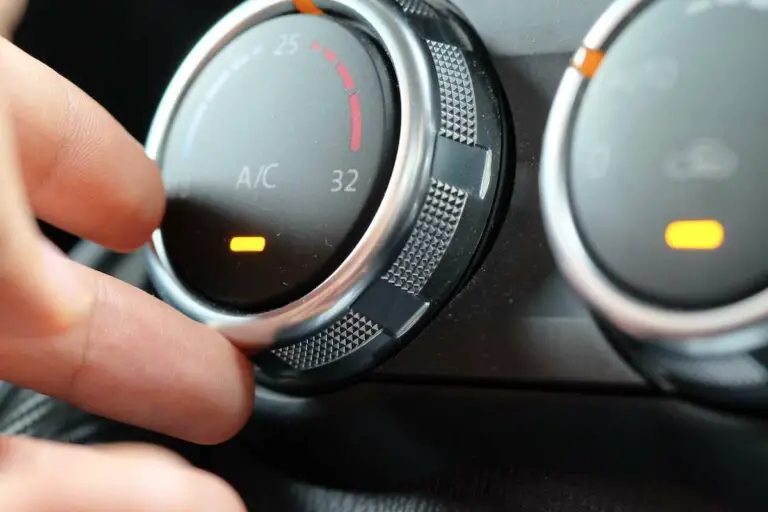
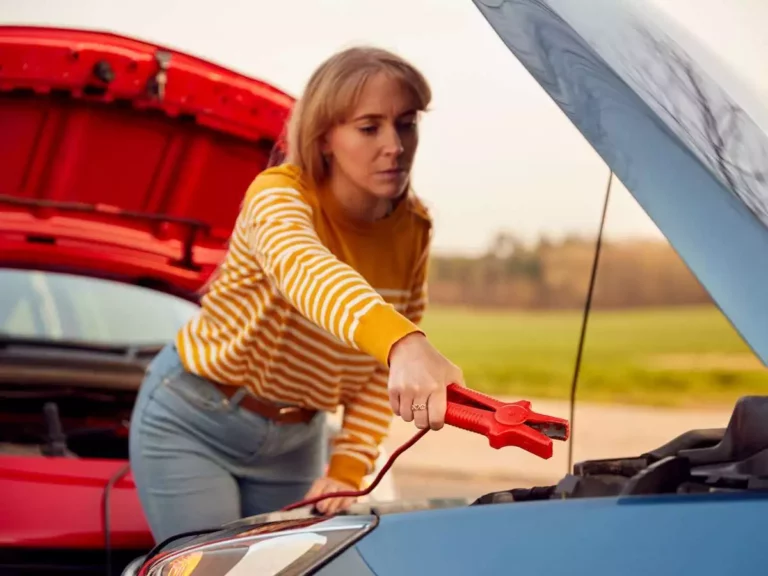
![Car AC Hot When Idle? [Why Does It Happen & How to Fix!]](https://vehicleuniversity.com/wp-content/uploads/2023/01/dials-on-a-car-dash-2021-08-30-07-52-07-utc-768x512.webp)
![Does AC Drain the Car Battery? [With Test Results!]](https://vehicleuniversity.com/wp-content/uploads/2023/01/ac-ventilation-deck-2021-08-26-17-12-30-utc-768x576.webp)